Why is Earth blue?
And is blue even a rare color for planets?
“Whenever I gaze up at the moon, I feel like I’m on a time machine. I am back to that precious pinpoint of time, standing on the foreboding — yet beautiful — Sea of Tranquility. I could see our shining blue planet Earth poised in the darkness of space.” –Buzz Aldrin
Mars is the red planet; the Moon is an ashy grey; Saturn shines yellow and the Sun is a brilliant, blinding white. But our planet, when seen from the depths of space, whether we rise up above our world only slightly, in low-Earth orbit, or whether we travel to the outer reaches of our Solar System, shines a glorious blue.
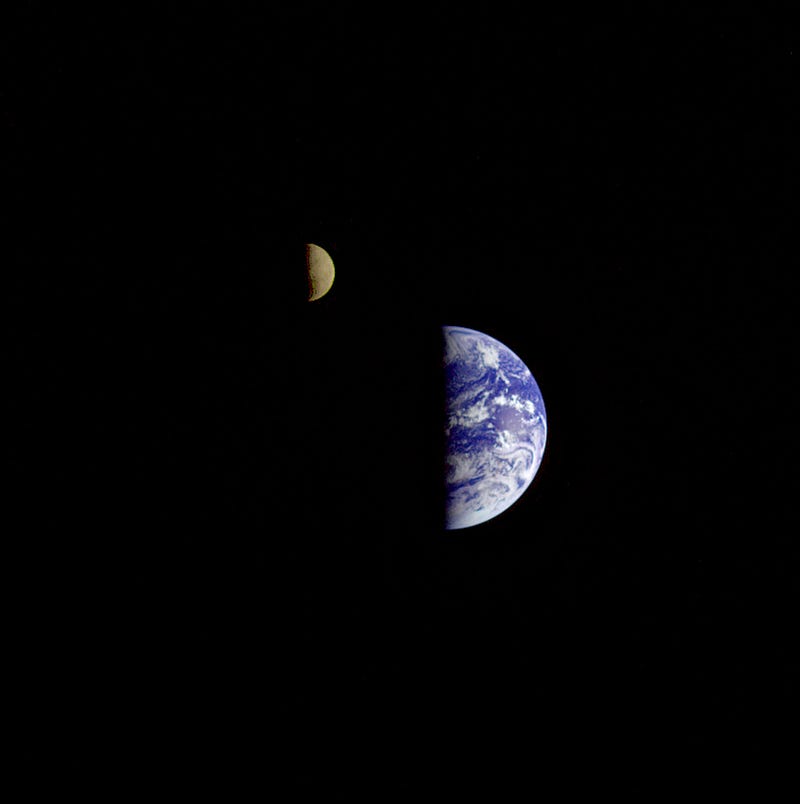
The entire planet isn’t blue, of course. The clouds themselves are white, reflecting the white, direct sunlight back out at any onlookers. Ice — such as the caps on our planet’s poles — appears white for the same reasons. The continents, similarly, appear either brown or green from a great distance, depending on the seasons and how covered-in-plants the terrain is.

And finally, the shade of blue that the Earth’s water appears varies based on how deep the water is. You’ll notice, if you look closely at a photo like the one below, that the region around the continents is a lighter, more cyan shade of blue than the deep, dark depths of the ocean.
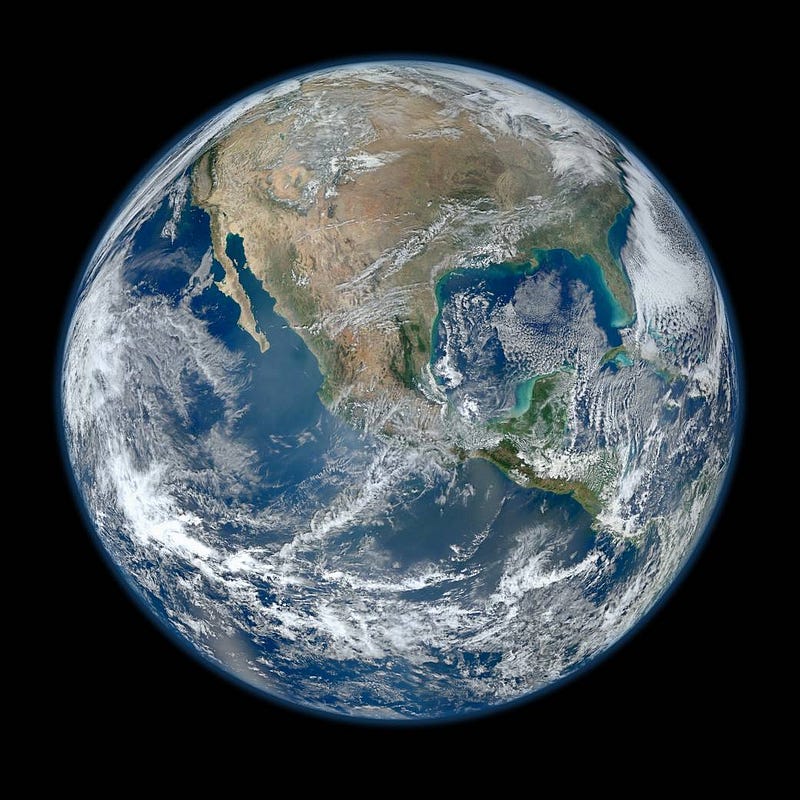
You might have heard that the ocean is blue because the sky is blue, and water reflects the skies. Well, the sky is blue; that’s for certain. And the sky is blue because our atmosphere is more efficient at scattering blue (shorter-wavelength) light than red (longer-wavelength) light. This is the reason why:
- The sky appears blue during the day, as the short-wavelength light hitting the atmosphere is scattered in all directions, with more of the “blues” reaching our eyes than any other wavelength.
- The Sun and Moon appear red as they set-or-rise, as the blue light passing through the very large amounts of atmosphere get scattered away, while the deeper reds preferentially remain, reaching our eyes.
- And why the Moon appears red during a total lunar eclipse: the red light passing through our atmosphere will still fall on the Moon’s surface, while the blue light gets scattered away too easily.
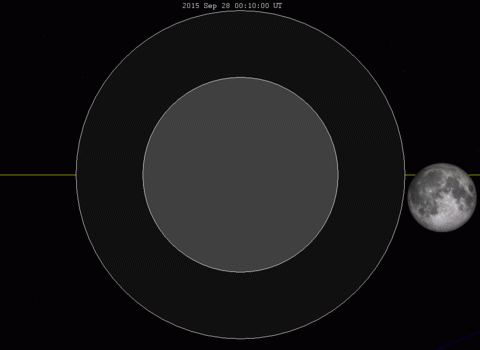
But if it were only that the ocean reflects the sky, we wouldn’t expect to see these varying shades of blue as we head to deeper and deeper waters. In fact, if you took a photograph underwater in natural light, without any artificial light sources, you would notice — if you went to even a modest depth — that literally everything would take on a bluish hue.


The fact is that the ocean is made up of water molecules, and water — like all molecules — preferentially absorbs certain wavelengths of light. The easiest wavelengths for water to absorb are infrared, ultraviolet and red light. This means if you head down to even a modest depth, you won’t experience much warming from the Sun, you’ll be protected from UV radiation, and things will start to turn blue, as the red light is taken away.
Head down a little deeper, and the oranges go away, too.
Past that, the yellows, greens and violets start to get taken away.
As we head down to depths of multiple kilometers, finally the blue light disappears as well, although it’s the last to do so.
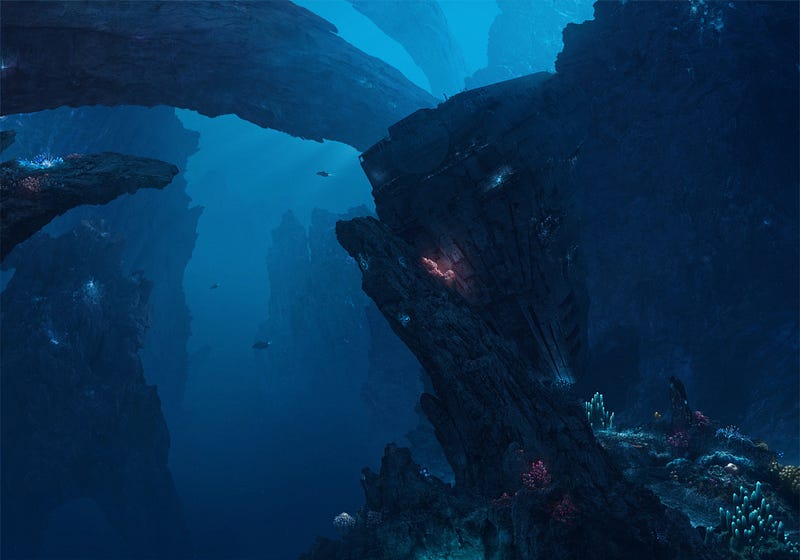
And this is why the deepest ocean depths appear a deep, dark blue: because all the other wavelengths get absorbed, while the deepest blues have the highest probability of getting reflected and re-emitted back out into the Universe. This is also why, if the Earth were entirely ocean, only 11% of the incident visible sunlight would be reflected back out into space: the ocean is actually pretty good at absorbing sunlight!
With 70% of our world’s surface covered in ocean, and with most of that being deep, deep ocean, our world appears undeniably blue from afar.

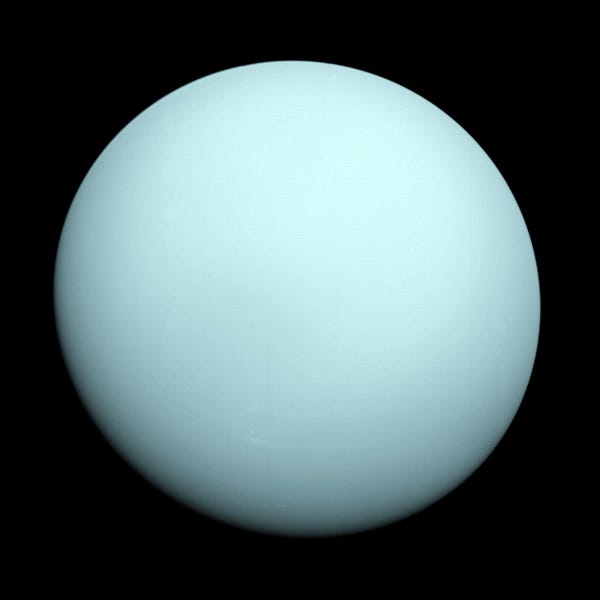
Uranus and Neptune, on the other hand, have atmospheres made primarily of hydrogen, helium and methane. (Neptune is richer in ices, and has a greater variety of compounds, hence its different shade.) In large enough concentrations, methane is a little better at absorbing red light and a little better at reflecting blue light than the other wavelengths, while hydrogen and helium and mostly transparent to all frequencies of visible light. So for the gas giant worlds that are blue, that is due to the color of the skies themselves.
But on Earth? Our atmosphere is thin enough that it cannot be responsible for our planet’s coloration. The sky and ocean aren’t blue because of reflections at all; they’re both blue, but each of their own volition. If you took our oceans away entirely, we’d still have blue skies, and if you took our skies away (but still somehow gave us liquid water on the surface), our planet would still appear blue.

Not bad for a pale little dot.
Leave your comments on our forum, and support Starts With A Bang on Patreon!





